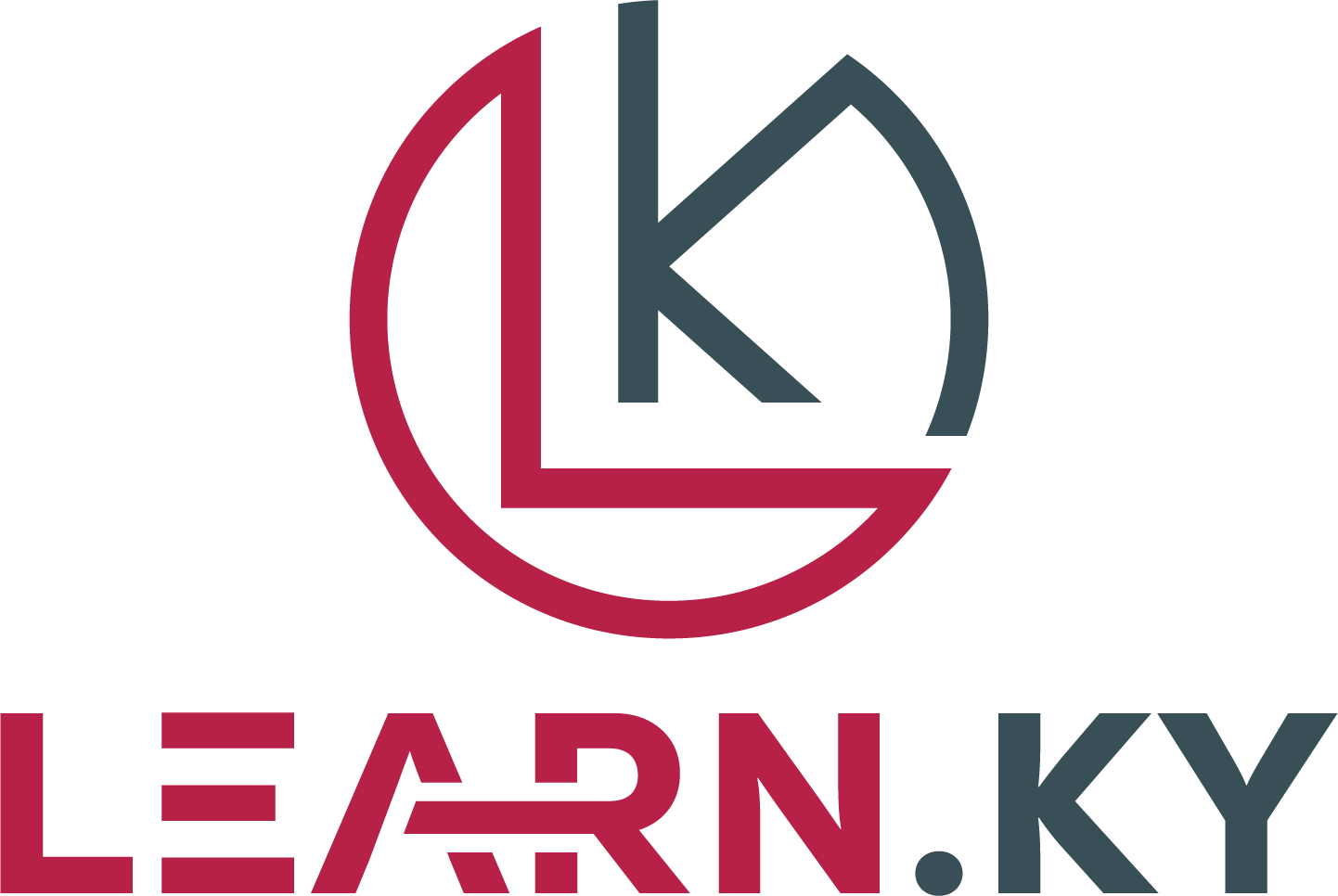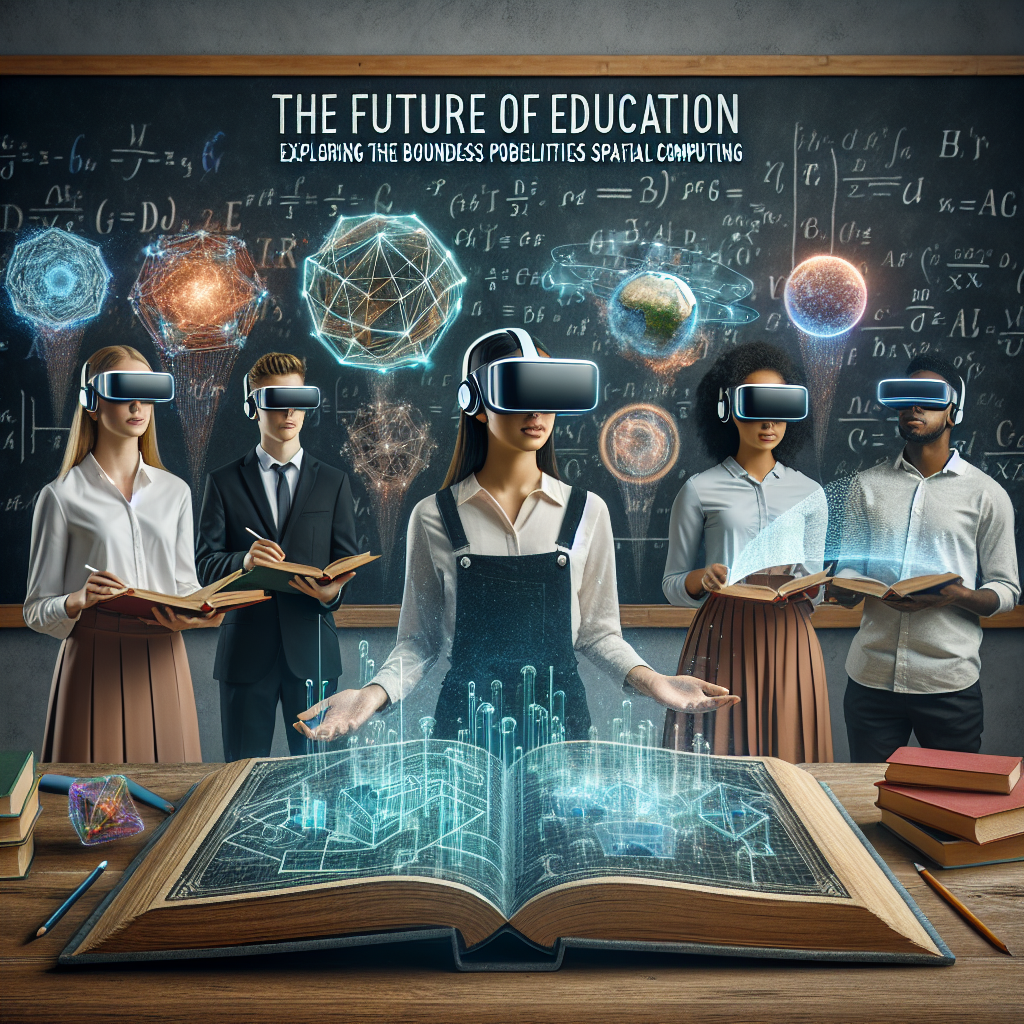The landscape of education is constantly evolving, with technological advancements revolutionizing the way we teach and learn. One such groundbreaking innovation that holds promise for reshaping the future of education is spatial computing. This cutting-edge technology combines virtual and augmented reality to create immersive learning experiences that blur the line between the physical and digital worlds. In this article, we will explore the boundless possibilities of spatial computing in education, highlighting its potential to transform traditional teaching methods and enhance student engagement.
Enhancing Immersive Learning Experiences
Spatial computing offers a unique opportunity to revolutionize education by providing immersive and interactive learning experiences. By enabling students to engage with subjects in ways that were previously unimaginable, this technology has the potential to improve comprehension, retention, and overall learning outcomes. For example, students studying biology can dive into a virtual ecosystem to explore the intricate workings of an ecosystem, while history students can travel back in time to witness historical events firsthand. Such immersive experiences not only make learning more engaging but also help students develop a deeper understanding of complex concepts.
Personalized Learning
One of the key benefits of spatial computing in education is its ability to provide personalized learning experiences tailored to individual students’ needs. By leveraging data analytics and artificial intelligence, educators can create customized learning paths that cater to each student’s learning style, pace, and preferences. This personalized approach not only fosters student engagement but also ensures that every student receives the support they need to succeed. Additionally, spatial computing enables educators to track student progress in real-time, allowing for timely interventions and adjustments to optimize learning outcomes.
Collaborative Learning Environments
Spatial computing promotes collaboration and teamwork by enabling students to work together in virtual environments regardless of physical distance. This technology facilitates group projects, peer-to-peer learning, and interactive discussions, fostering a sense of community and teamwork among students. By encouraging collaboration, spatial computing enhances social and emotional learning, communication skills, and critical thinking. Furthermore, students develop valuable interpersonal skills that are essential for success in the digital age.
Real-World Applications
The applications of spatial computing in education are vast and varied, spanning a wide range of subjects and disciplines. For instance, medical students can practice surgical procedures in a virtual operating room, engineering students can design and test prototypes in a virtual workshop, and language students can immerse themselves in virtual language immersion programs. These real-world applications not only enhance learning but also prepare students for the challenges of the modern workforce, where technology is ubiquitous and skills such as creativity, problem-solving, and adaptability are highly valued.
Conclusion
As we embark on a new era of education, spatial computing emerges as a game-changing technology that has the potential to redefine the way we teach and learn. By providing immersive, personalized, and collaborative learning experiences, spatial computing offers a glimpse into the future of education where students are empowered to explore, create, and innovate in ways that were previously unimaginable. As educators and policymakers embrace this transformative technology, it is essential to harness its potential to shape a more engaging, inclusive, and effective educational landscape for generations to come.










